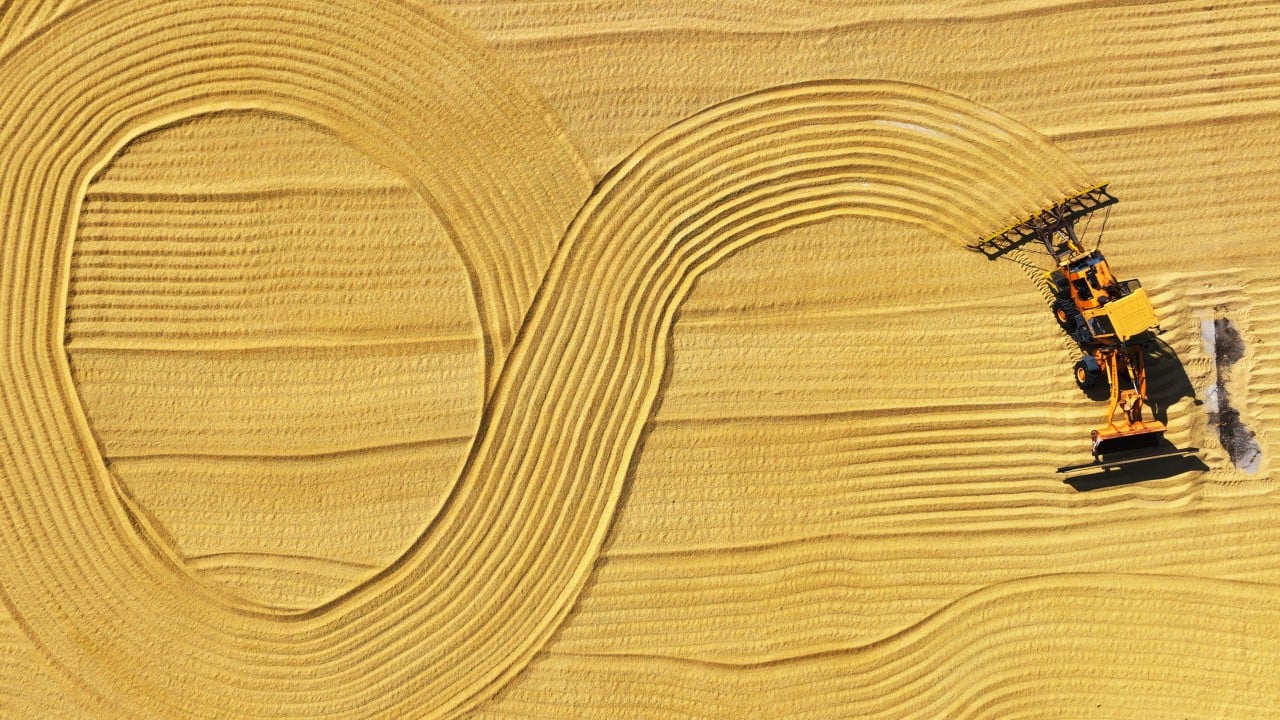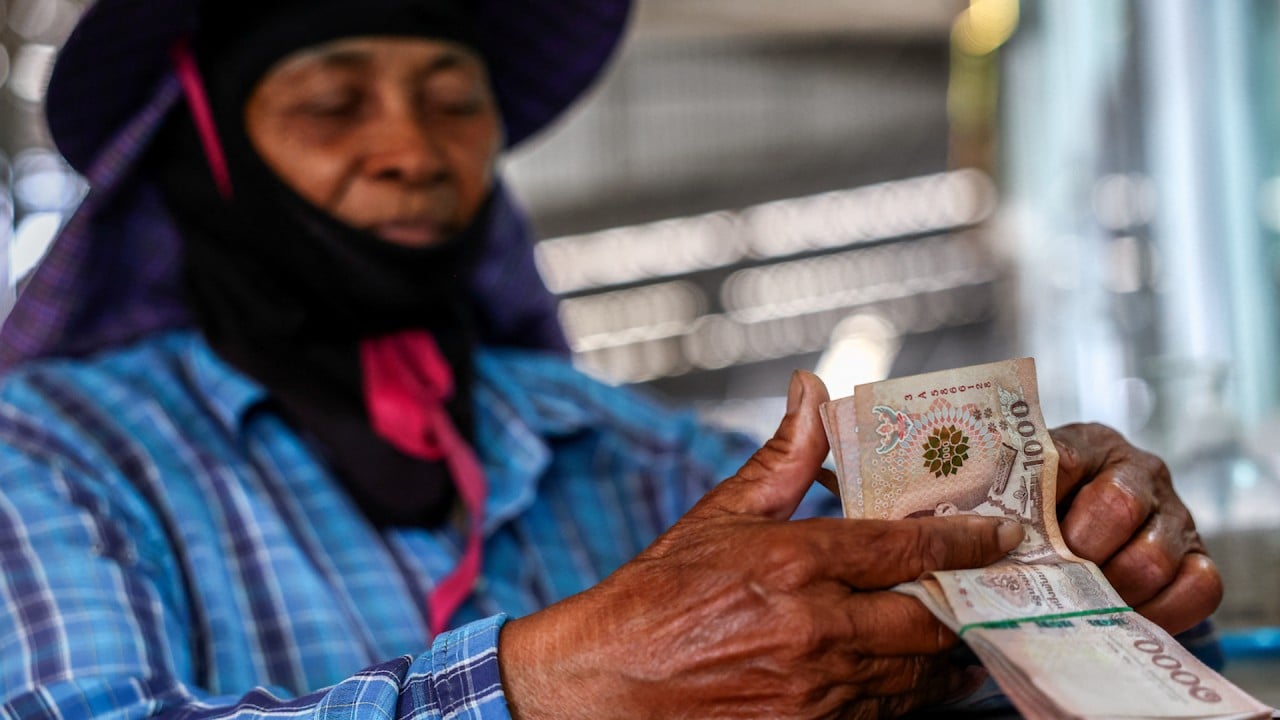Chinese scientists say they have unearthed genetic secrets in the roots of upland rice linked to drought resistance, paving the way to transform widely cultivated irrigated rice into drought-tolerant varieties.
Advertisement
They say they have identified a gene that could obstruct the development of deeper, thicker roots in upland rice, characteristics that are crucial for drought resistance.
By removing this gene, called HMGB1, irrigated rice developed longer roots and greater drought tolerance, traits similar to those of upland rice, enabling it to thrive in water-scarce environments, according to their paper.
Researchers from BGI-Research, Huazhong Agricultural University in the central city of Wuhan and Yunnan University, in southwestern China, published their findings in the peer-reviewed journal Molecular Plant in April.
“Upland rice is a special rice ecotype that specifically adapts to dryland mainly due to its robust root system,” they wrote. “Among the identified genes, HMGB1, a transcriptional regulator, functions as a key factor that facilitates root elongation and thickening in upland rice and thereby enhances drought resistance.
Advertisement


